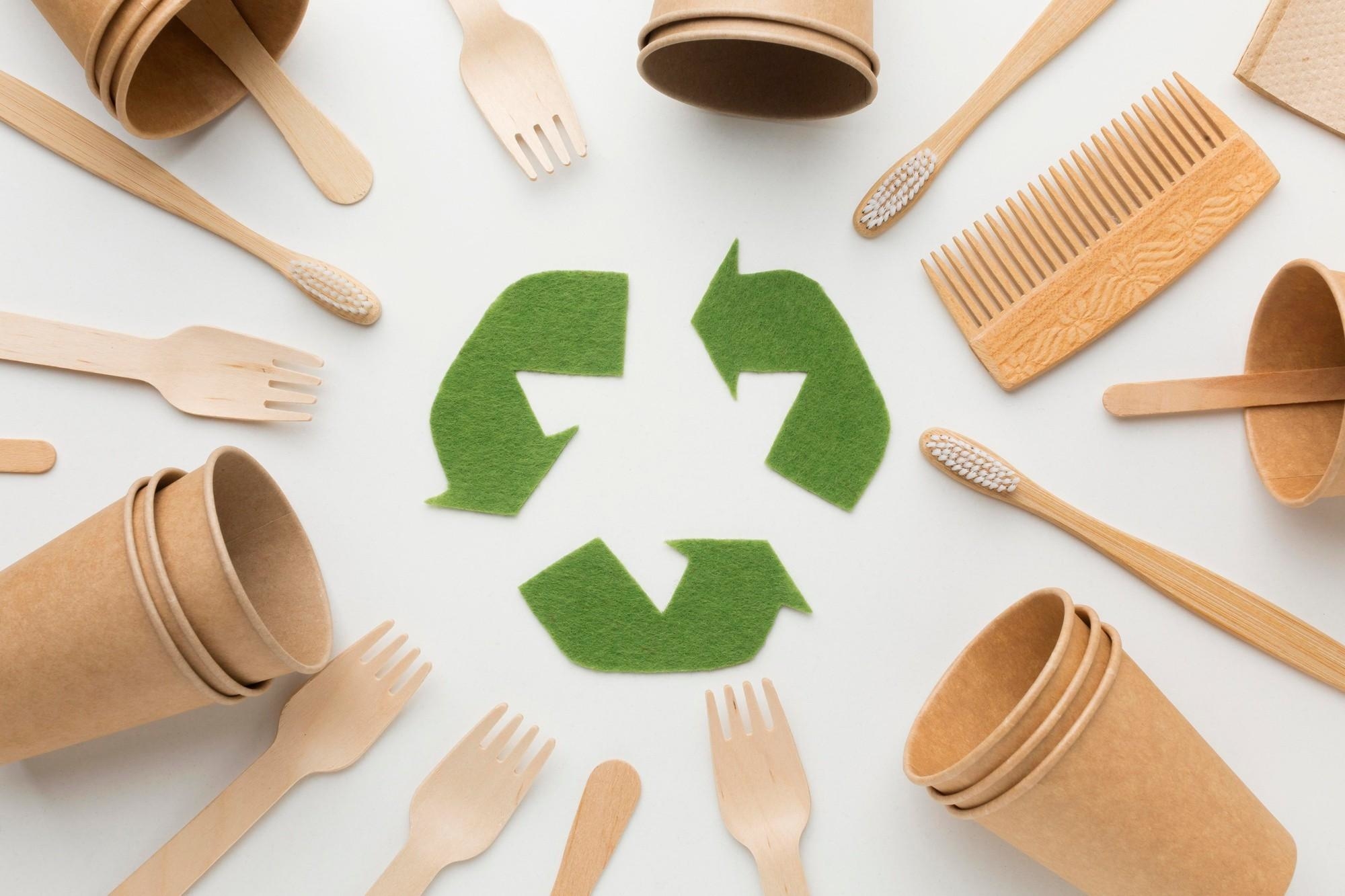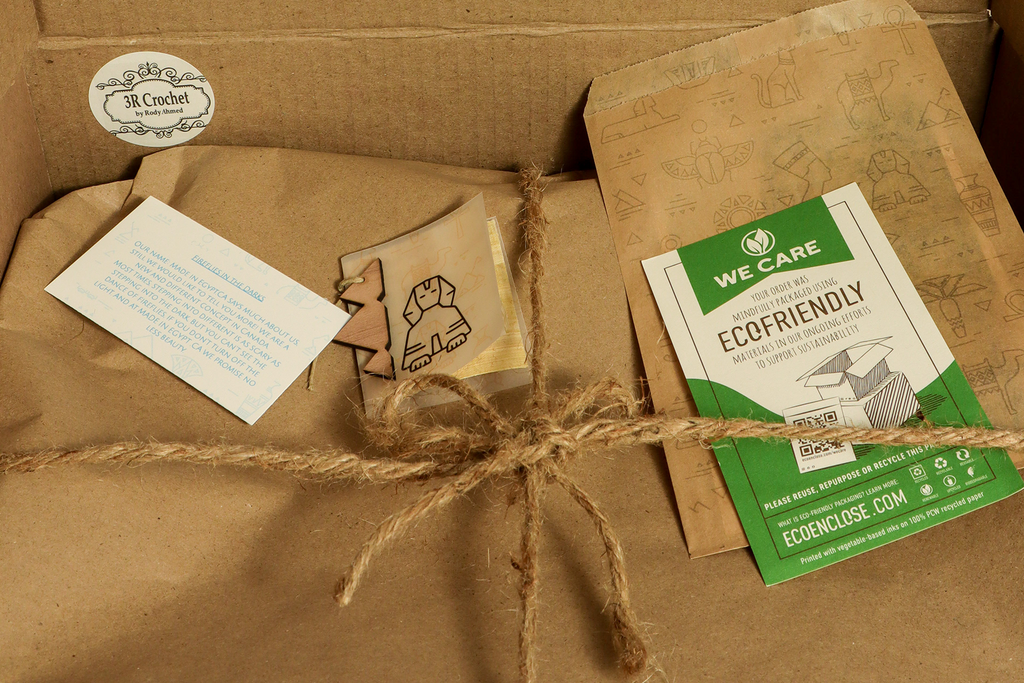In today’s environmentally conscious world, finding ways to reduce waste is more important than ever. Minimal waste printing at home not only helps in preserving our planet but also saves money and resources. This article explores how you can implement effective strategies to achieve minimal waste printing right from the comfort of your home.

Understanding Minimal Waste Printing
Before diving into the specifics, it’s crucial to understand what minimal waste printing entails. Essentially, it involves adopting practices that reduce the amount of paper, ink, and energy used during the printing process. This approach not only benefits the environment but also enhances the efficiency of your printing tasks.
Why Choose Minimal Waste Printing?
Many people wonder why they should switch to minimal waste printing at home. The reasons are numerous and compelling. Primarily, it reduces your carbon footprint and minimizes the impact on natural resources. Additionally, it can lead to significant cost savings over time, as you’ll use fewer materials and less energy.
Practical Steps for Minimal Waste Printing
Select the Right Printer
Choosing the right printer is a critical step towards achieving minimal waste printing. Look for printers that are designed with eco-friendly features, such as duplex printing capabilities, which allow you to print on both sides of the paper. Some modern printers also offer energy-saving modes and are compatible with recycled paper.
Use Recycled Paper
Another effective strategy is to use recycled paper. Not only does this reduce the demand for new paper, but it also supports the recycling industry. Many suppliers offer high-quality recycled paper that works well for both text and image printing.
Print Only What You Need
One of the simplest ways to minimize waste is to print only what is necessary. Before pressing ‘print,’ ask yourself if a digital version would suffice. This habit can greatly reduce the number of unnecessary prints and thus decrease waste.
Optimizing Ink Usage
Choose Eco-Friendly Ink
Eco-friendly ink options are now widely available and are an excellent choice for minimal waste printing. These inks are often made from natural materials and are less harmful to the environment.
Adjust Printer Settings
Most printers have settings that can be adjusted to reduce ink usage. For instance, selecting ‘draft mode’ for non-essential documents can save a significant amount of ink.
Energy Efficiency in Printing
Power Down When Not in Use
Ensuring that your printer is turned off or in sleep mode when not in use can save a considerable amount of energy. Many modern printers have automatic power-saving features that can be activated to reduce energy consumption.
Regular Maintenance
Regular maintenance of your printer can also contribute to minimal waste printing. A well-maintained printer operates more efficiently and is less likely to waste resources.
Implementing Digital Solutions
Embrace Digital Documents
Whenever possible, opt for digital documents instead of printed ones. Digital solutions like PDFs and e-signatures can significantly reduce the need for printing.
Cloud Storage
Cloud storage services offer a convenient way to store and share documents without the need for physical copies. This not only reduces paper usage but also makes documents accessible from anywhere.
Engaging the Family
Educate and Involve
Engaging your family in sustainable practices is a great way to ensure the success of your minimal waste printing efforts. Educate family members about the importance of reducing waste and involve them in implementing these practices at home.
Set Goals
Setting specific goals for reducing waste can motivate everyone in the household to contribute to minimal waste printing. Track your progress and celebrate achievements to keep the momentum going.

FAQs About Minimal Waste Printing
What is minimal waste printing?
Minimal waste printing involves adopting practices that reduce the amount of paper, ink, and energy used during the printing process. It is an eco-friendly approach that benefits both the environment and your wallet.
How can I reduce ink usage at home?
To reduce ink usage, consider using eco-friendly inks, adjusting printer settings to ‘draft mode,’ and printing only when necessary. Regular printer maintenance also helps in optimizing ink usage.
Is recycled paper good for printing?
Yes, recycled paper is an excellent choice for minimal waste printing. It reduces the demand for new paper and supports recycling efforts. Many suppliers offer high-quality recycled paper suitable for various printing needs.
For more information on sustainable printing practices, you can visit this informative guide on reducing print waste.
For further insights, check out these zero-waste printing companies and learn how they are making a difference.
This article contains affiliate links. We may earn a commission at no extra cost to you.







